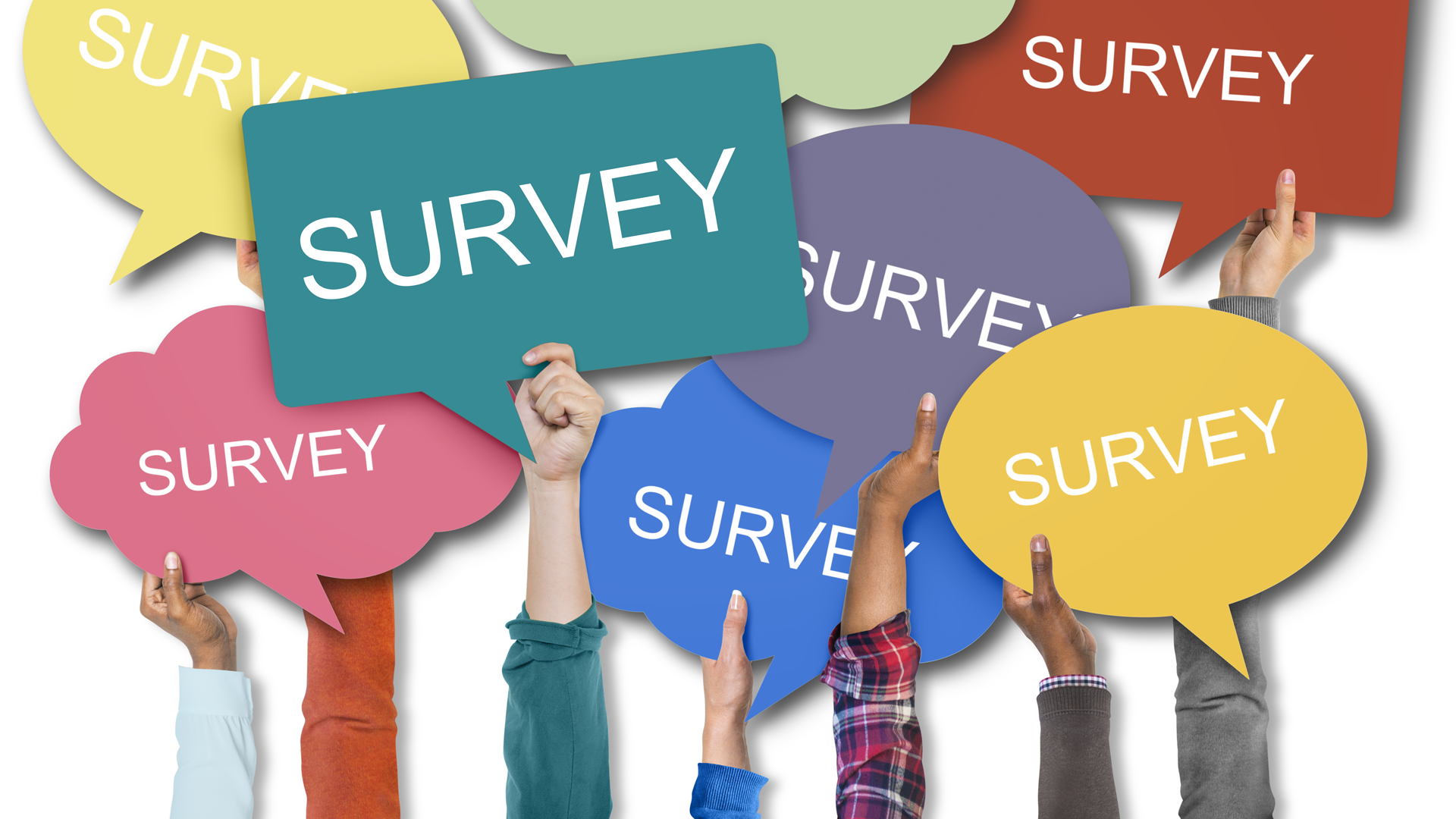Diversity, Equity, Inclusion and Fair Housing
Diversity, Equity, Inclusion and Fair Housing: How they work together!
In today’s environment it is critical to understand the concepts of diversity, equity, & inclusion (DEI) in tandem with Fair Housing. As REALTORS® we have sworn to uphold the strict Code of Ethics in treating every client, member, and each other equally regardless of race, color, religion, sex, handicap, familial status, national origin, sexual orientation, or gender identity.
Diversity, equity, & inclusion is a pathway to appropriately serving our clients to the best of our abilities. In understanding these three concepts we open the door to understanding our communities’ characteristics and cultures. Fair Housing focuses on the laws and regulations such as the Fair Housing Act which govern the actions of real estate agents in setting parameters for fair and ethical practices in how they market and sell homes, particularly when it comes to unfair or discriminatory practices. Together, we not only allow ourselves the opportunity to be ethical in our practice but build community and relationship with all who we cross paths with by instituting DEI across all we do.
As REALTORS®, we pledge “to protect the individual right of real estate ownership and widen the opportunity to enjoy it.” We get there by increasing and highlighting the diversity among our members, listening to the challenges of our colleagues and clients, and understanding the barriers, past and present, of homeownership for our diverse communities. We widen the opportunity for homeownership through Equity, a by-product of diversity and inclusion.
Informative Resources
Housing discrimination is illegal in nearly all housing, including private housing, public housing, and housing that receives federal funding.
Educational Resources
- Fairhaven Simulation (NAR): A new fair housing simulation training for REALTORS® that uses the power of storytelling to help members identify, prevent, and address discriminatory practices in real estate.
- At Home with Diversity (NAR): An educational experience designed to teach REALTORS® how to work effectively with—and within—a rapidly changing multicultural market.
- NYSAR Fair Housing Legal & Educational Resources: Fair Housing information and guidance for New York State REALTORS®.
- Implicit Association Test (IAT): The Implicit Association Test (IAT) measures attitudes and beliefs that people may be unwilling or unable to report. The IAT may be especially interesting if it shows that you have an implicit attitude that you did not know about.
- Dr. Leonard Moore: What the Game of Monopoly Teaches us about Race and Housing in America: hosted by Washington REALTORS.
Video/Media
- Segregated by Design: ‘Segregated By Design’ examines the forgotten history of how our federal, state and local governments unconstitutionally segregated every major metropolitan area in America through law and policy.
- National Association of REALTORS® Implicit Bias Video: In this video, you will watch an online workshop to help members avoid implicit bias in their daily business interactions.
Glossary: Terms to Know
- Allyship: The practice of supporting and advocating for marginalized groups. Those with privilege advocating for those who do not.
- Bias: Prejudice; an inclination or preference, especially one that interferes with impartial judgement.
- Blockbusting: The practice of persuading owners to sell property cheaply because of the fear of people of another race or class moving into the neighborhood, and thus profiting by reselling at a higher price.
- Cultural Competence: The ability to understand, appreciate, and interact with persons from cultures and/or belief systems other than one’s own.
- Disparate Impact: Disparate impact or discriminatory effects refers to a policy or practice which affects a protected class of people even if there is no discriminatory motive.
- Diversity, Equity, & Inclusion:
- Diversity: All the ways in which people differ.
- Equity: Fair treatment, access, and opportunity for all people. Identity does not predict the outcome.
- Inclusion: The extent to which people feel a sense of belonging and value within a given setting.
- Gentrification: A process of neighborhood change that includes economic change in a historically disinvested neighborhood – by means of real estate investment and new higher-income residents moving in – as well as demographic change – not only in terms of income level, but also in terms of changes in education and racial make-up of residents.
- Intersectionality: The idea that various biological, social, and cultural categories-- including gender, race, class, ethnicity, and social categories-- interact and contribute towards systematic social inequality.
- This concept recognizes that individuals belong to more than one social category simultaneously and may experience either privileges or disadvantages on that basis depending on circumstances and relationships.
- Microaggression: Everyday insults, indignities and demeaning messages sent to historically marginalized groups by well-intentioned members of the majority group who are unaware of the hidden messages being sent.
- Privilege: Unearned social power, benefits and advantages accorded by the forma and informal institutions of society to the members of a dominant group. Privilege tends to be invisible to those who possess it, because its absence (lack of privilege) is what calls attention to it.
- Racism: The term “racism” specifically refers to individual, cultural, institutional, and systemic ways by which differential consequences are created for different racial groups. The combination of prejudice and power enables the mechanisms by which racism leads to different consequences for different groups.
- Redlining: The illegal practice of refusing to offer credit or insurance in a particular community on a discriminatory basis (as because of race or ethnicity of its residents).
- Segregation: Segregation that exists because of specific laws or legally recognized practices is called de jure segregation. De facto segregation occurs not because of specific laws but through other voluntary actions taken by individuals and organizations.
- Steering: Racial/ethnic steering refers to the practice among real estate professionals to guide prospective home buyers towards or away from certain neighborhoods based on their race or ethnicity.
- Systemic/Institutional Racism: Institutional racism refers specifically to the ways in which institutional policies and practices create different outcomes for different racial groups. The institutional policies may never mention any racial group, but their effect is to create advantages for whites and oppression and disadvantage for people from groups classified as people of color.
- White Flight: The sudden or gradual large-scale migration of white people from areas becoming more racially or ethnoculturally diverse.




